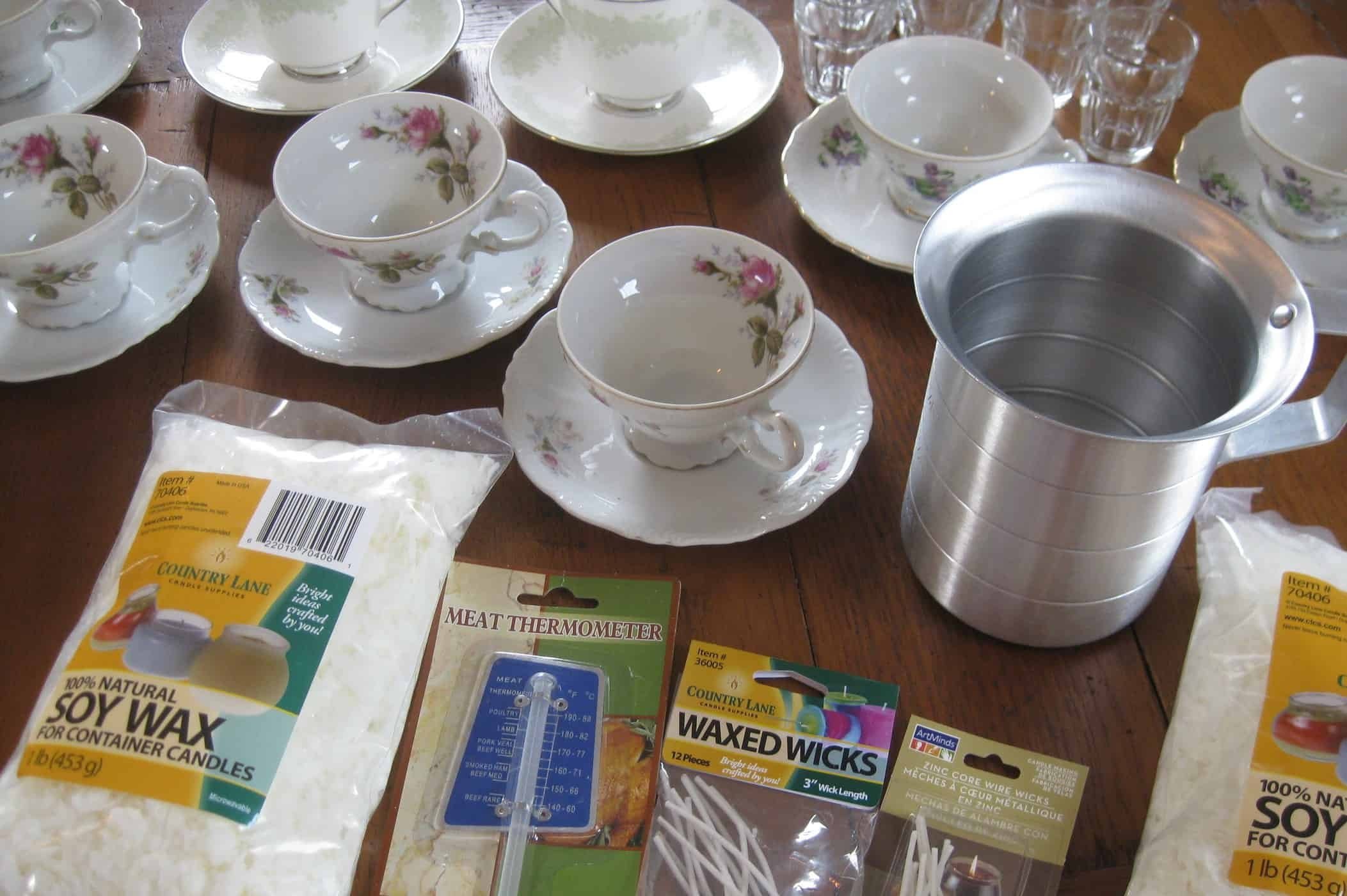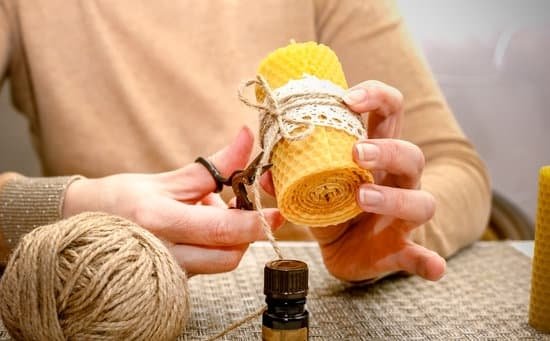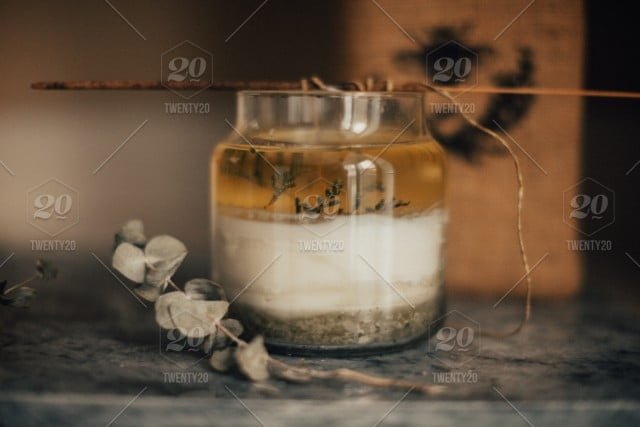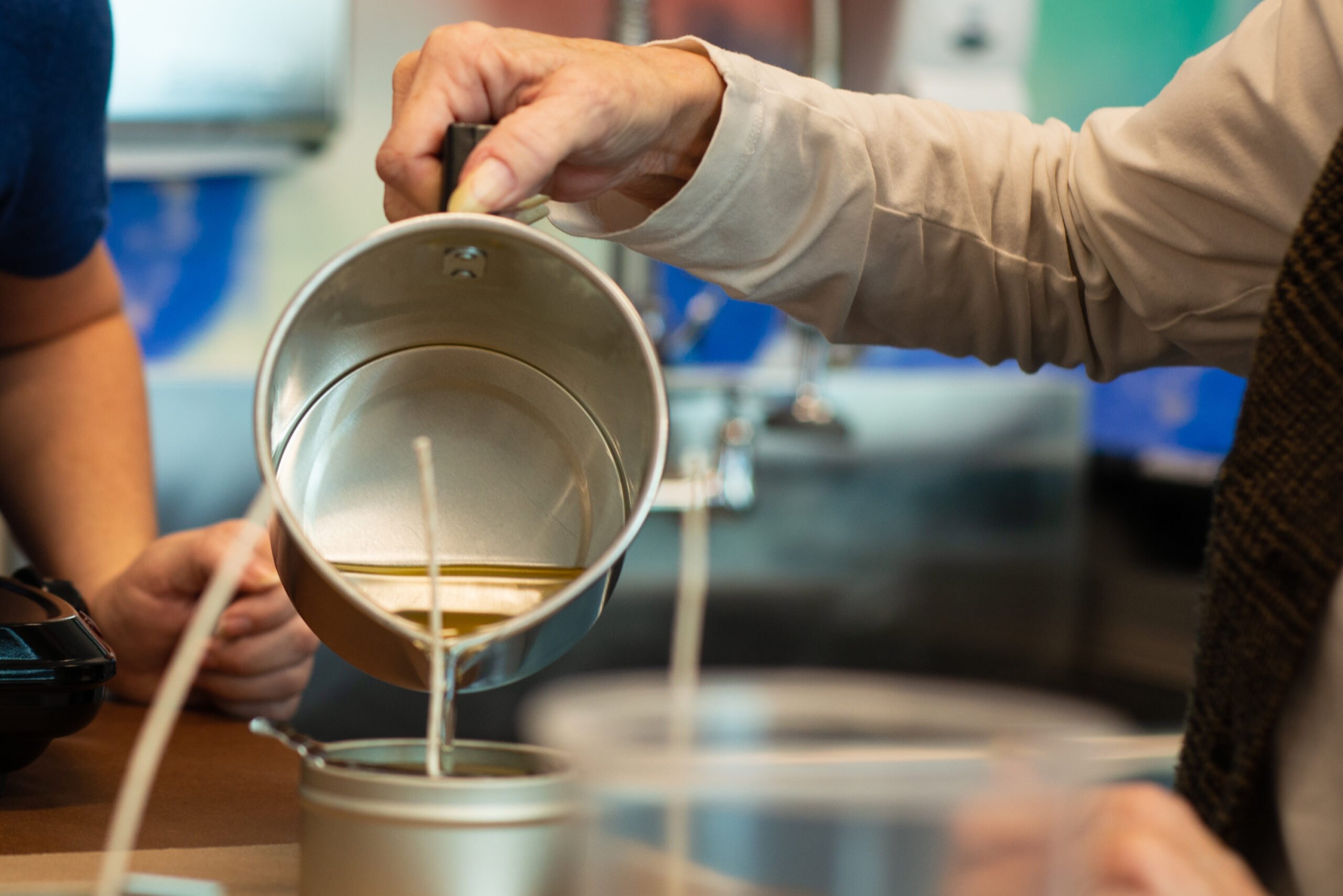Introduction
Using food coloring for candle making is a great way to give your candles a unique and vibrant look. Food coloring can be used to create candles in an endless variety of colors, all without having to buy special supplies, like dyes or wax tinting capsules. Plus, it’s non-toxic and simple to use. With food coloring, you have the opportunity to make truly one-of-a-kind creations with ease.
By using food coloring for candle making, you can brighten up any type of wax and add some extra depth and vibrance to your designs. You can choose from a range of beautiful hues that will bring magic and life into your home or office decor. Food coloring also provides a safe alternative to other candle dyes which may contain toxic chemicals or release fumes when exposed to heat. It’s simple to mix the color directly into the melted wax without requiring special tools or techniques ” just measure out the desired amount and stir!
In addition to its visual appeal, using food coloring for candle making is incredibly cost effective since each packet contains enough pigment for many candles depending on their size. This makes food coloring an ideal choice for craft sessions with groups of people where each person can customize their creation with different shades of color. It’s also great for experimenting since it’s so affordable ” there’s no fear of wasting costly materials if something doesn’t turn out quite right! Food coloring also allows beginners in candle making an easy way to start off their hobby ” by simply adding color they can attain professional results quickly and easily.
Overall, food coloring is an amazing option for creating beautiful candles in any color imaginable at minimal cost and with little effort involved” the perfect choice for adding some extra flair to any piece or display!
Different Colors
Food coloring is a great way to add some unique and vibrant colors to your handcrafted candle creations. Whether you are making pillar candles, votives, jar candles, scented containers, or just regular wax melts for your own enjoyment, there are several different types of food coloring that can be used for different effects.
Oil-based food coloring is one of the oldest methods of adding color to homemade candles. This type of coloring needs no water or emulsifying agents, and so it typically has a slight tint after burning. Oil-based food colorings can also create very custom and intense shades if desired and are easy to incorporate into the recipe. However, this type of dye can be more expensive than other options when bought from craft stores or online.
Powder food coloring is another popular choice for candle makers due to its bright, intense pigments and cost effectiveness. These dyes dissolve quickly in melted wax and won’t clog wicks easily like liquid food colouring may do. Some brands may also carry mica powder, which adds shimmery metallic accents to the luminescent glow of your creation – perfect for achieving dreamy effects like rose gold or holographic rainbow hues!
Liquid food colorings are widely available in local supermarkets as well as craft shops, however they can not always produce consistent results when added straight into melted wax due to their high water content and extra viscosity. To effectively use liquid food colorant a candle maker must either mix and emulsify carefully with oil; add specialty wax blends designed specifically for such applications; or purchase specially treated versions with less water content.
Finally, natural dye powders such as turmeric root powder or activated charcoal are safe alternatives that result in beautiful muted shades without any synthetic dyes required! This type of natural pigmentation process can be time consuming but provides a completely safe way to make luxurious looking colored candles minus potentially hazardous mixes being created on accidently left in the finished product!
How to Choose the Right Food Coloring for Candle Making
Choosing the right food coloring for candle making is essential to make sure your candles look their best. When selecting food coloring, you’ll need to consider how the colors will mix with your wax as well as what hues and shades you want to achieve. Here are some key points for choosing the best food coloring for your project.
First and foremost, take into consideration how heat-resistant the food color is ” as during candle manufacturing, wax can reach very high temperatures. This will help minimize any potential fading or burning off of the color during use. Make sure the color is liquid based, as opposed to a dry powder, in order to ensure even application of the dye throughout each batch of molten wax. Additionally, consider using food-grade dyes that are safe and non-toxic, which may be noted on the product label or packaging.
Next determine which type of base (oil, glycerin etc.) works best with any additives you plan to use when making your candles, such as fragrant oils or herbal extracts ” this will help ensure compatibility between ingredients and prevent disappointment if something unexpected happens upon mixing and melting ingredients together . Lastly decide on which particular hue or shade you want for your candles ” from royal blues to muted greys there are many options available in today’s market.
Creating beautiful colored candles is an exciting process; however it does require some trial and error before finding the perfect combination for each individual project. When selecting food coloring for candle making there’s no substitute for experimenting with different items until you find just what look and feel that works best with your recipe!
Different Techniques
One popular technique for incorporating food coloring into candle making is a dye bath. This involves submerging the wick and melted wax mixture in a solution of either water or oil and food coloring. This method can be more difficult to master than other techniques, as it requires the wax to be of just the right temperature. A variation of this method is known as floating colors, wherein ingredients are carefully placed one by one onto the molten wax until they disperse evenly throughout.
Another technique involves adding tiny amounts of food coloring directly to the wax while stirring it with a wooden spoon or chopsticks. For ultimate control over colors, some candle makers prefer using color chips instead of liquid food colorings; these also dissolve easily into heated wax and allow for easy customization of shades and hues. Finally, another technique used for incorporating food coloring into candles is layering, which involves combining multiple colors in transparent layers to create stunning layered effects.
Working with Food Coloring
Adding food coloring to candles can result in a truly unique and marvelous effect, but getting the right color requires care. Here are some tips and techniques on how to work with food coloring for candle making:
1. Start small – The biggest mistake that novice candle makers make is adding too much food coloring at once. This will lead to an intense and unnatural hue and can ruin your project. Begin by adding just a few drops of the colorant at a time, mixing thoroughly between each addition to ensure an even and natural-looking tinge.
2. Know your wax – Different types of wax will react differently to food coloring, so it’s important to know what type of wax you have before beginning your project. For example, paraffin wax tends to absorb food coloring more intensely than soy wax does. Similarly, gold candles may require more colorant due to their deeply relief surface texture.
3. Add extra protection – It’s generally easier to add more color later than it is to remove excess dye from a candle, so consider adding a thin layer of protective sealant over the top of your dyed candle in order to prevent it from fading or running down after use. This extra precaution will help you keep your colored candles looking vibrant even after multiple cycles of heating and cooling during burning sessions!
Combining Colors
Using food coloring to tint your candles is an easy, affordable way to add unique colors and designs. It offers you control over the precise shade of your candle that you wouldn’t get with other dye products. Even if you may not be able to recreate a particular hue or exact brand color, it’s possible to get close by combining different colors of food coloring in various amounts and mixes. Here are a few creative approaches to combining food coloring colors in candle making:
• When introducing a secondary food coloring, start off with small amounts first (1 drop of each color at a time). This will allow you to gradually find the right balance between the two shades. You can then increase the ratio as necessary until you reach your desired tone.
• When mixing pastel colors, try using blue and red instead of yellow and pink for brighter hues that still maintain their softness. It’s better to go for larger proportions of your primary color when blending pastels with other light shades.
• White food coloring can alter any shade from dark beige all the way through to black ” just make sure to check for even pouring before use! Add in gradually so that it doesn’t overpower the darker colors – 1 drop per 6-10 drops of colored dye should do the trick.
• For more traditional colors such as deep blue and forest green, mix several different shades (navy blue, teal, etc) together rather than relying on just one single hue precisely matching its label colouring. If a hue isn’t quite right but almost there, experiment with other colours like purple or amber depending on how much lighter/darker your desired outcome is ” remember adding too much of one shade can affect the overall blend
Conclusion
Food coloring can be used to take your candle-making projects to the next level. Whether you mix it into the wax for a unique, vivid hue or use it for a special design on top of the wax, food coloring can be a great addition to your next candle-making project. With just some food coloring and a few basic supplies, you can create candles that look professional and add an element of beauty or whimsy to any room. As it’s nontoxic and relatively inexpensive compared with traditional dyeing products, adding food coloring to your candle wax opens up new possibilities in the artful creation of beautiful candles. Unlock the potential of food coloring for candle making and enjoy the results of your artistic endeavors.

Welcome to my candle making blog! In this blog, I will be sharing my tips and tricks for making candles. I will also be sharing some of my favorite recipes.





